AI is reshaping product marketing fast. It can already write solid content, analyze trends, and speed up execution. But that doesn’t mean your role is going away; it just means you need to change with it. The key is that you mustn’t compete with AI.
Learn to lead with it, direct it, and double down on what it can’t do.
Here are six ways you can stay relevant and indispensable:
- Develop AI-adjacent skills rather than competing with AI
- Become an AI power user
- Double down on uniquely human capabilities
- Focus on higher-level strategic work
- Build deep domain expertise
- Strengthen analytical and data interpretation skills
1. Stop competing with AI. Build the skills around it
AI can crank out landing pages and summarize customer feedback in seconds. What it can’t do is think strategically, align a room full of stakeholders, or make the tough tradeoffs between speed and quality, vision and feasibility.
Your edge lies in your judgment. You know how to prioritize features based on customer impact, handle conflicting feedback from sales and product, and build consensus when the roadmap shifts. AI can’t do any of that. So lean into it.
"AI can identify themes, but it can’t recognize when a moment of friction is a signal of something deeper. One customer’s confusion during a demo exposed a bigger disconnect between how we talked about value and how they experienced it. That insight helped reshape our story and our success rate.”
Laura Kaminski, Head of Product Marketing, iTradeNetwork
Become the person who connects the dots, not just the one who executes.
2. Master AI before it masters you
You don’t need to code an LLM. But you do need to know how to get the most out of tools like ChatGPT, Claude, and Notion AI, not just to save time, but to boost your output 10x.
Learn how to prompt well. Understand where AI helps (drafting content, summarizing calls, analyzing reviews) and where it falls short (strategy, nuance, emotional context). Don’t just use these tools – build them into your workflows and teach others how to do the same. That makes you not just AI-safe, but AI-essential.
A real example of this is using AI to draft a positioning doc based on your notes, then layer in your judgment and customer insights to shape it into something great.
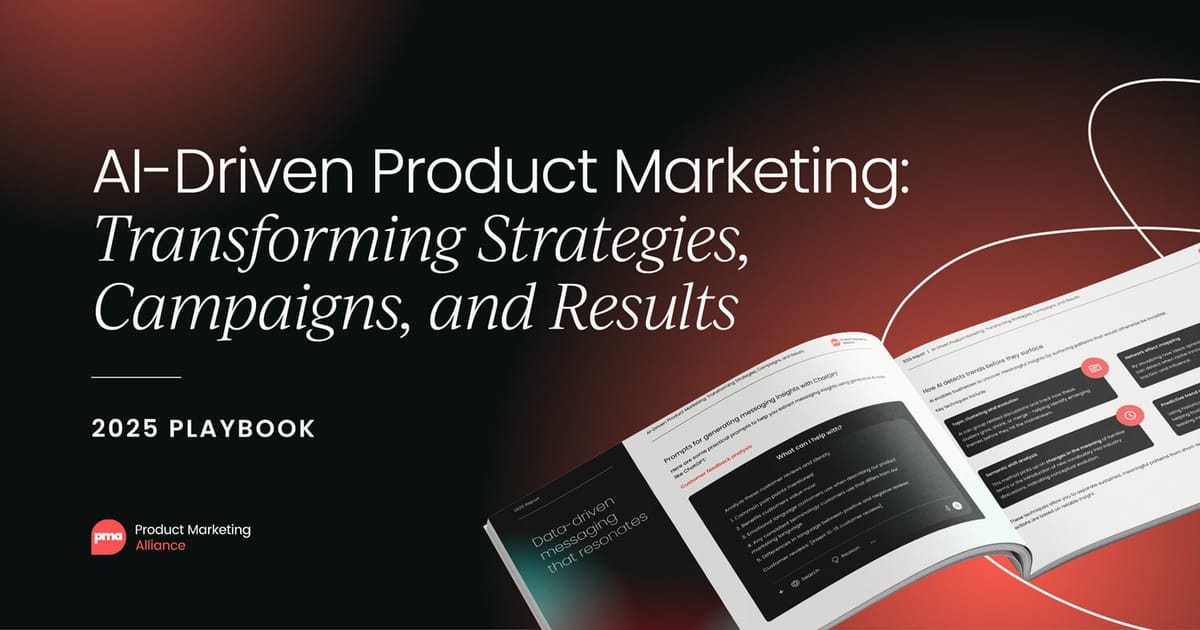
3. Don’t abandon your human advantage
As AI automates more of the doing, your value shifts to the thinking, feeling, and storytelling. That’s your human advantage, so don’t lose sight of it.
Can an AI tell a compelling story that emotionally resonates with a buyer? Not really. Can it listen to a frustrated customer and read between the lines? Definitely not. You bring empathy, tone, timing, and creative intuition – things that don’t show up in data models. Use them.
Let AI handle the first draft, the research synthesis, and the data crunching. But you own the voice, the strategy, and the message.
4. Step upstream to where the strategy happens
If you’re stuck writing launch emails or wrangling product copy, your job is at risk of being automated. But if you’re the one defining the market narrative, influencing roadmap decisions, or guiding go-to-market strategy? You’re in a completely different league.
Start asking to join earlier-stage conversations. Offer insight on customer segmentation. Own competitive positioning. Don’t wait to be handed a launch plan; help create it.
You want to be the one calling the shots, not the one just executing them.
Laura Kaminski, Head of Product Marketing, iTradeNetwork, said, "Personalization isn’t just a campaign tactic, it’s a growth lever. In my article, Scaling Personalization in Growth Marketing, I show how product marketers can lead the shift from reactive execution to proactive market shaping. That starts with owning the segmentation and customer journey before launch is even on the table.”
5. Go deep, not wide
Generalists are easy to replace. Specialists aren’t. Pick a domain (fintech, health tech, developer tools…), whatever excites you, and become the go-to expert.
Understand the jargon, the regulations, the buying cycles, the unspoken pain points. When your knowledge of the space runs deep, you bring context AI can’t. And that context helps you make smarter decisions, craft tighter messaging, and earn the trust of cross-functional teams.
If you know exactly how to market a B2B compliance tool to mid-market banks, navigating changing regulations? You’re not going anywhere.
Beth Winters, Principal PMM at Dynatrace, provided an amazing piece of advice, “You can look at your existing skills and background and build a story about why you're an expert... PMMs come from diverse backgrounds; some are more technical or have a specific industry background. Lean into your education, experience, and strengths – don't try to be something you're not.
“What are all the unique qualities that make you you... Then look at PMM careers that align with those skills. If you have a sales background, apply to roles with more of a sales enablement focus.
"If you have a technical engineering background, look at Technical PMM roles. If you have subject matter expertise, look at companies that sell to those industries and personas and are looking for help with vertical segmentation and messaging.”
6. Don’t just look at the data, interpret it
AI can hand you dashboards. It can summarize trends. But it can’t really tell you why trial signups dropped or what to do about a sudden churn spike in EMEA. That’s where you come in.
Ask better questions. Dig into the why, talk to customers, and spot patterns. Then, translate all that into action: changes to messaging, product feedback, tweaks to targeting. You’re the one who turns raw data into clear decisions.
Pro tip: Use AI to speed up your analysis – but never outsource your conclusions.
Final thoughts
You don’t have to be the fastest writer or the best designer anymore. AI can help you with that. What you do need is to become the person who sees the bigger picture, who knows what to ask, who guides the tools, not gets guided by them.
As Tom Crist, Principal at Fluvio, said, "With any professional development, it's your responsibility to identify the best options and make a strong case to pursue them.
"Go beyond the initial direction you might get from leadership and pitch relevant courses, events, and other opportunities that will advance your traditional and AI skill sets."
Be the orchestrator and set the direction. Let AI handle the heavy lifting, but you own the outcome.


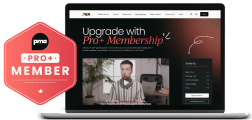


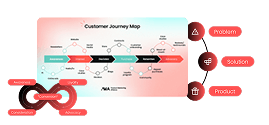
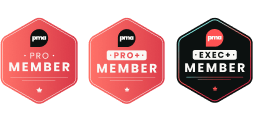

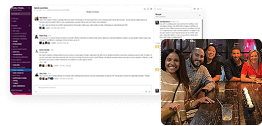
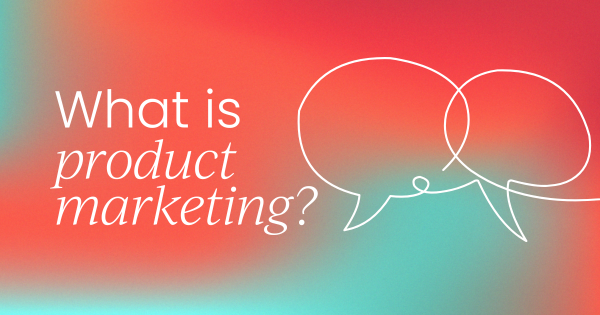
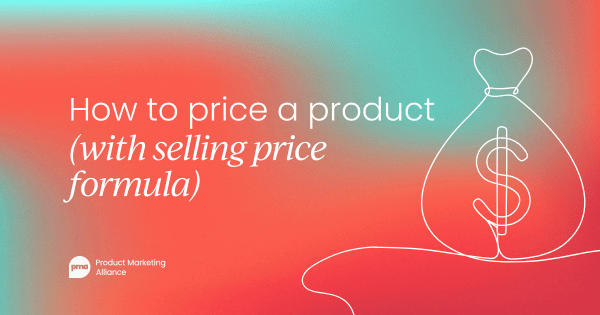
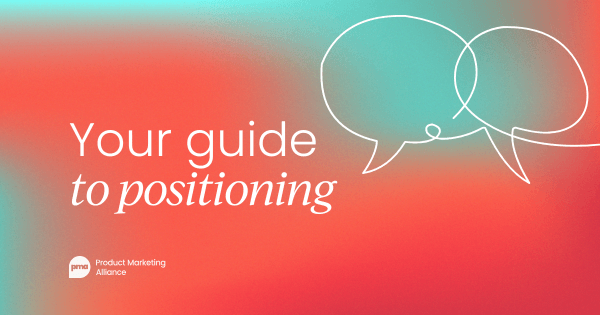
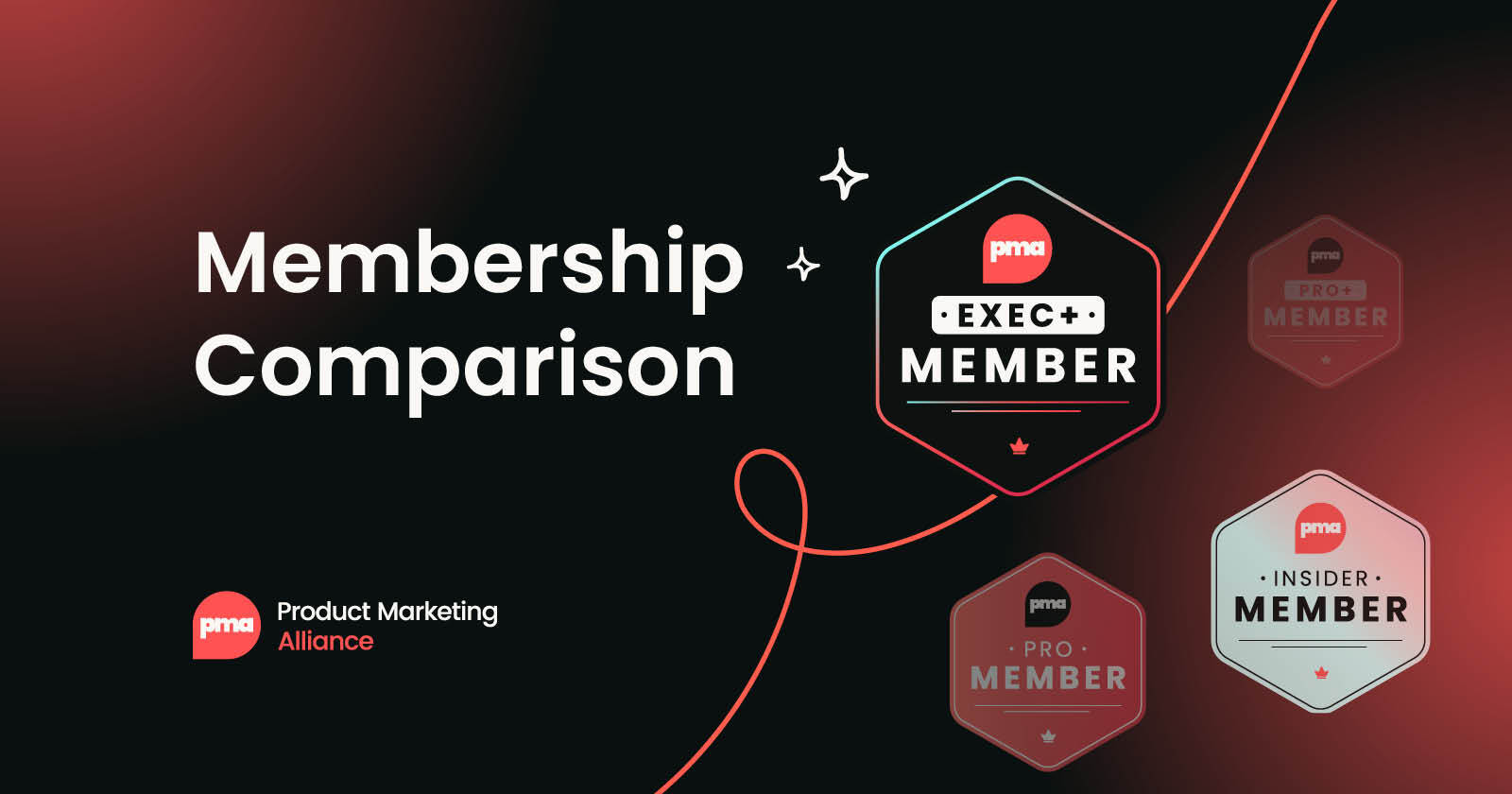
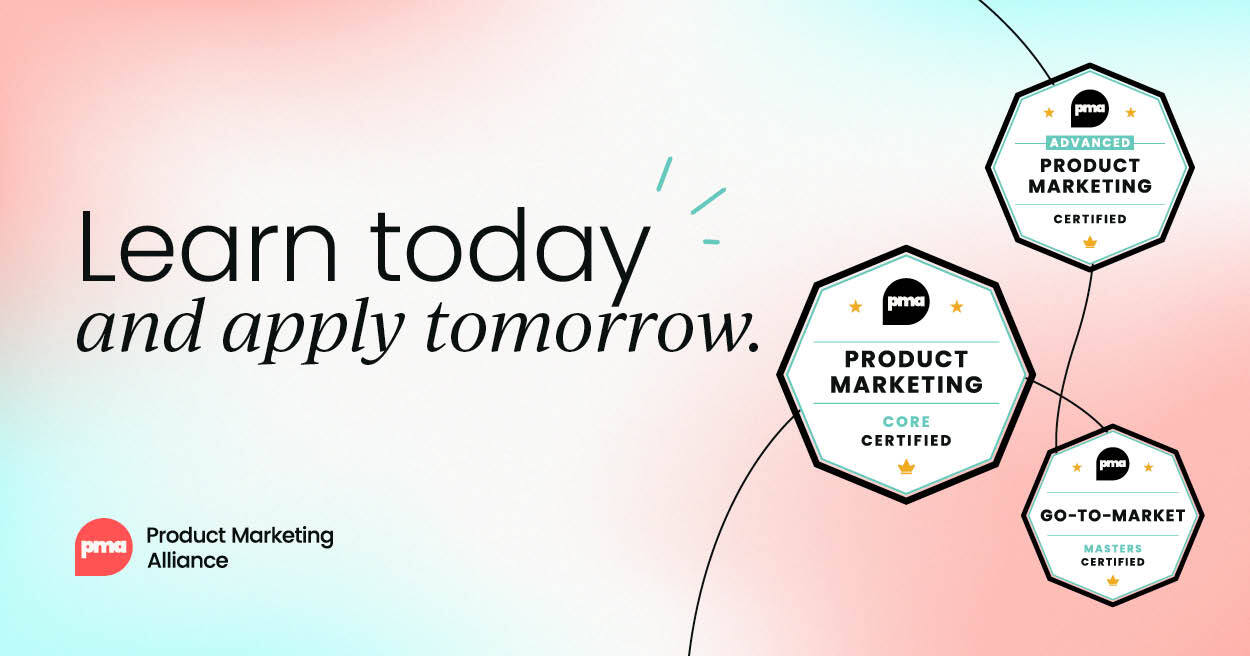
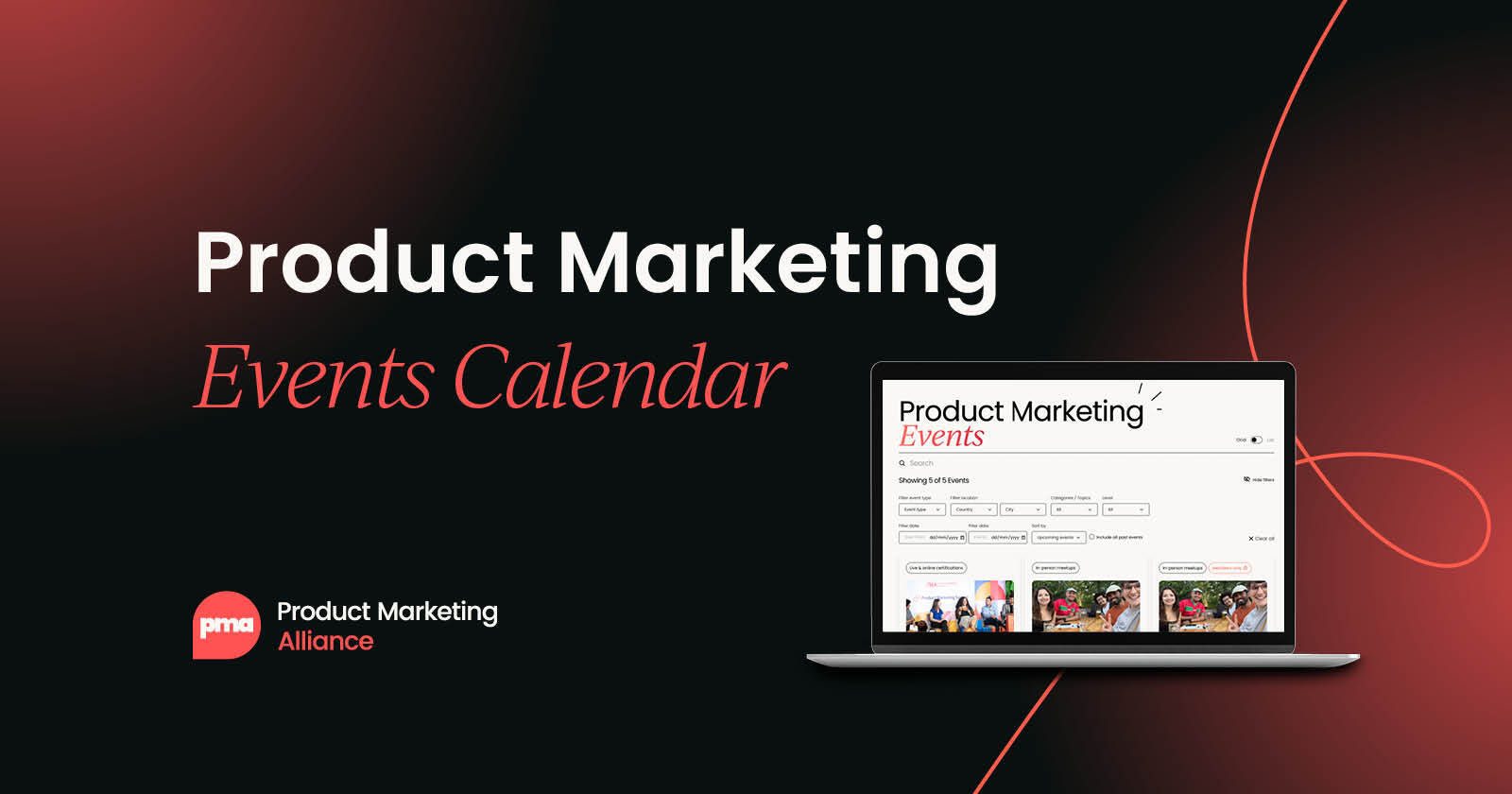
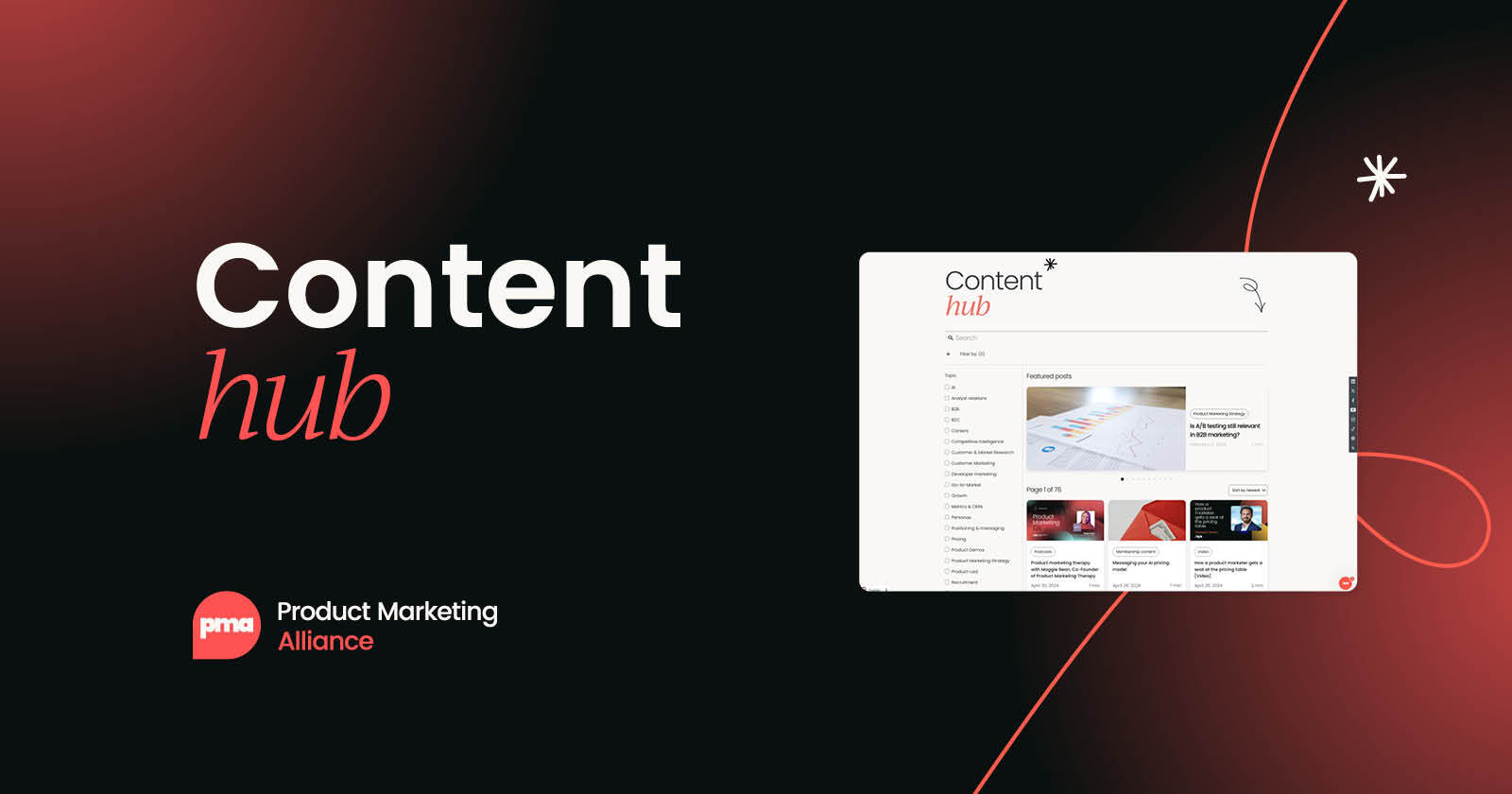

 Follow us on LinkedIn
Follow us on LinkedIn


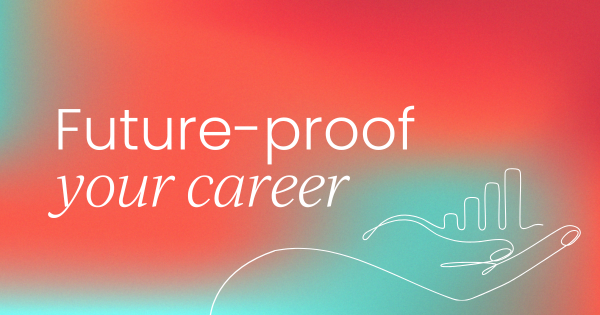


.svg)
Start the conversation
Become a member of Product Marketing Alliance to start commenting.
Sign up now